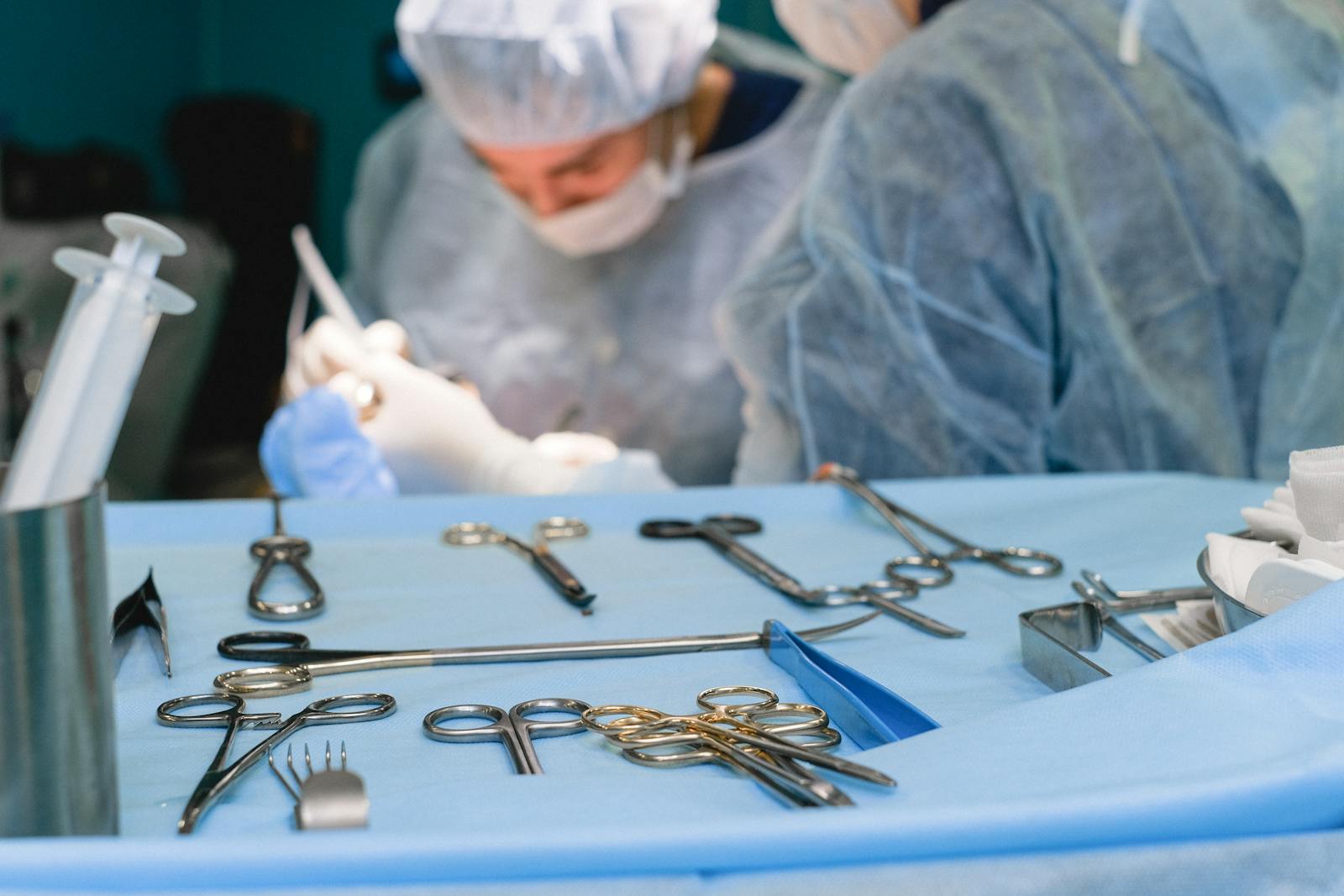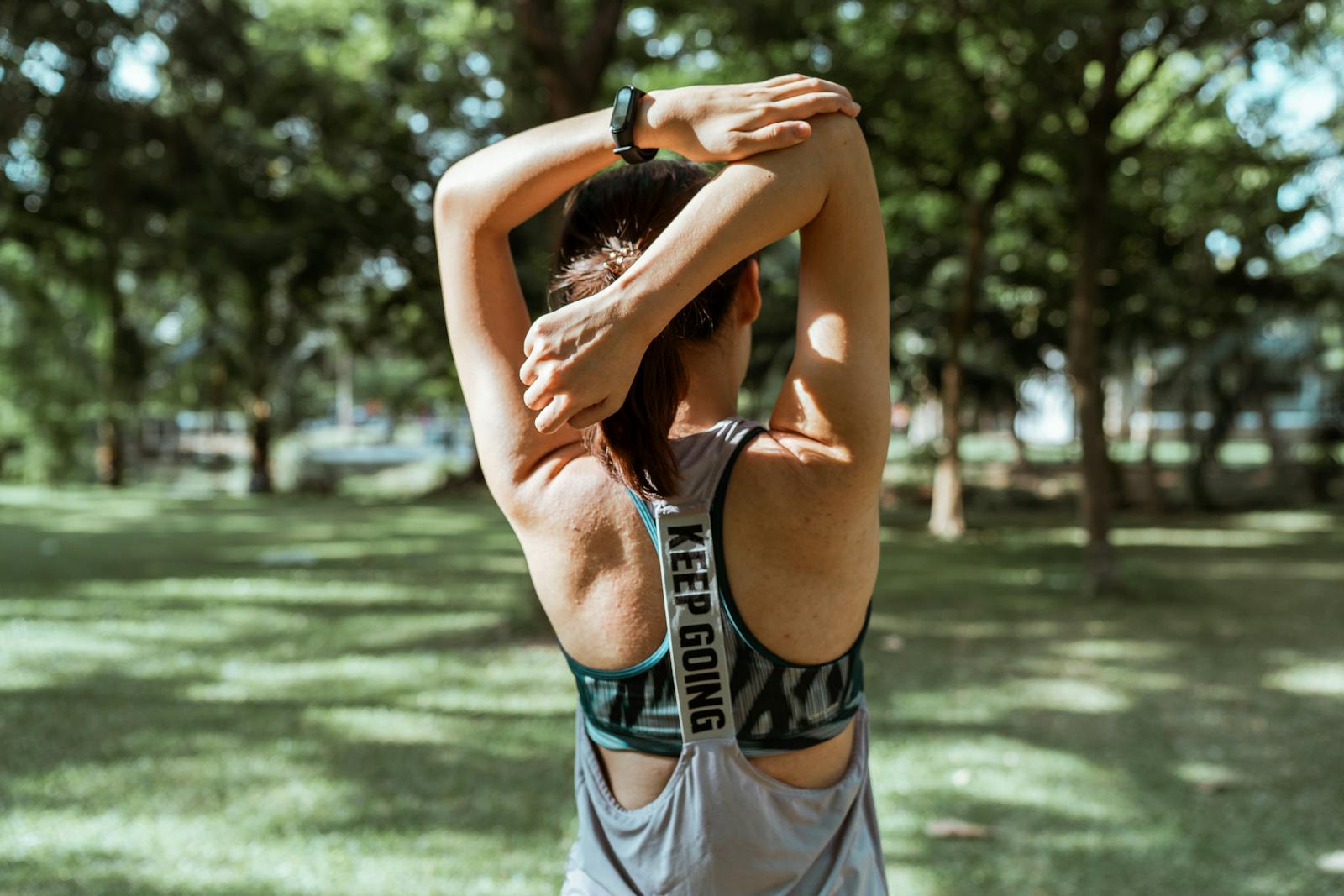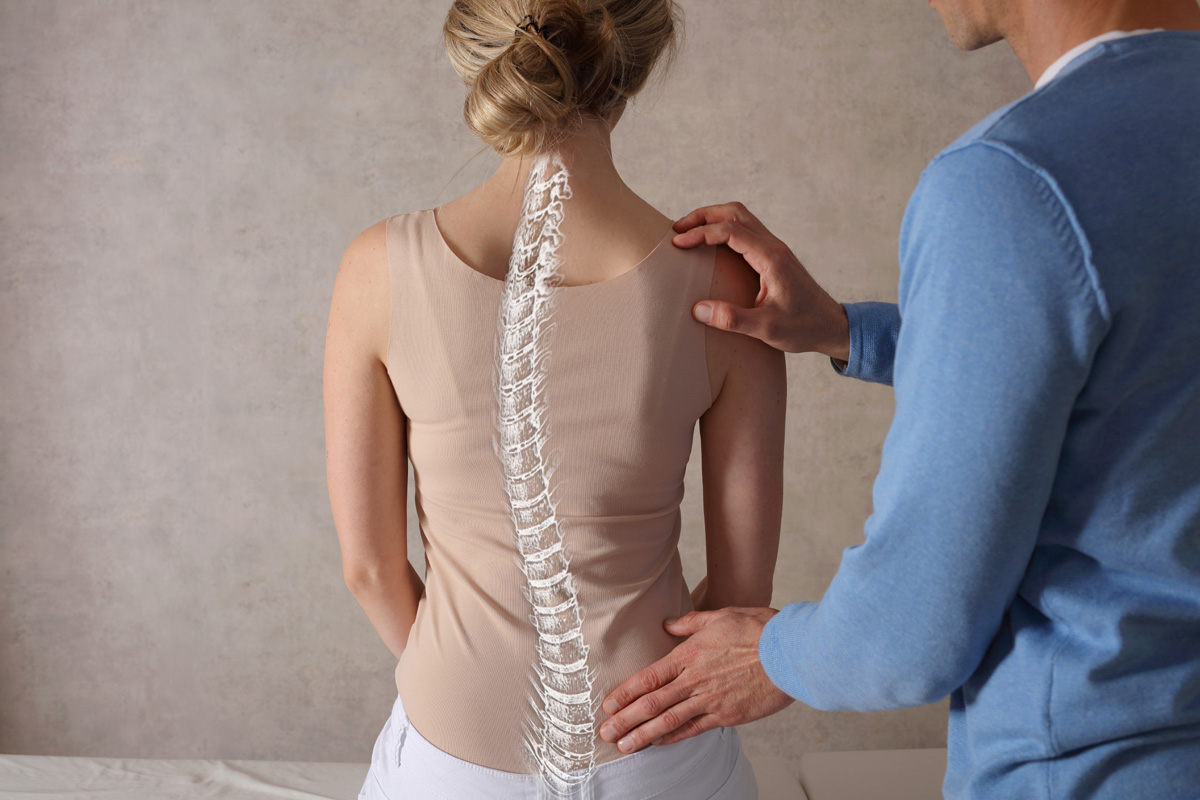Scoliosis, a condition marked by an abnormal curvature of the spine, poses several challenges in both diagnosis and management. Medical devices, from braces to surgical implants, are invaluable tools for clinicians and patients battling this condition. Significant strides have been made in the development of these devices, particularly with the advent of technology like 3D printing and AI. Yet, as we continue to evolve in this domain, there is a compelling need for further exploration and discourse around the effectiveness, safety, and future innovations of these medical tools.
Understanding Scoliosis
What exactly is scoliosis, a term often heard in medical circles and discussions surrounding spinal health? Scoliosis is a medical condition characterized by an abnormal lateral curvature of the spine. It can be of varying degrees, but a curve of more than 10 degrees is generally considered a clear indication of the condition.
The exact cause of scoliosis remains a topic of intensive research. However, some known scoliosis causes include congenital spinal malformations, neuromuscular complications, and certain genetic conditions. Idiopathic scoliosis, where the cause is unknown, is the most common form and typically manifests during adolescence.
Lifestyle modifications play a significant role in the management of this condition. Regular physical activity and exercises focusing on core stability and flexibility are paramount. These activities enhance muscular strength, thereby providing better support for the spine and helping in reducing the spinal curve. A balanced diet, sufficient hydration, and maintaining an optimum body weight also contribute to better spinal health.
Traditional Scoliosis Treatment Methods
Turning our focus to traditional scoliosis treatment methods, it’s important to examine both bracing techniques and surgical interventions. Bracing techniques have been utilized as a conservative and non-invasive method, primarily to halt the progression of the curvature. Conversely, surgical intervention is typically considered for more severe cases where bracing proves inadequate, and this involves an intricate procedure aimed at spinal realignment and stabilization.
Bracing Techniques Explored
In the world of traditional scoliosis treatment methods, bracing techniques have evolved as a primary non-surgical intervention, offering a range of options designed to halt the progression of spinal curvature. The goal is to provide a brace that not only restricts the abnormal spinal curvature but also maintains a high level of patient comfortability. The innovative design of modern braces focuses on minimizing the discomfort traditionally associated with brace use. Factors such as the brace’s weight, material, and contour are tailored to each patient’s individual needs and body structure. This guarantees excellent support for the patient’s spine while maintaining their mobility. The continuous advancements in bracing technology underscore the importance of non-surgical treatment methods in managing scoliosis.
Surgical Intervention Overview
While bracing techniques serve as a pivotal non-surgical approach, surgical intervention remains a fundamental component in the traditional treatment of scoliosis, specifically designed to realign and stabilize the spine with the use of specialized medical devices. This usually involves:
- Pre-operative assessment: A detailed surgical risks analysis is conducted to gauge the patient’s health and readiness for surgery.
- Spinal fusion surgery: Specialized rods, screws, and sometimes bone grafts are used to straighten the spine and fuse it into a corrected position.
- Post-operative care: Monitoring the patient’s condition closely to identify any potential complications early.
- Post-operation rehabilitation: A thorough program designed to speed up recovery while maintaining the newly aligned spine’s stability.
Each step is essential in ensuring a successful outcome and maintaining the patient’s quality of life.
Progress in Scoliosis Medical Devices
Advancements in the field of scoliosis medical devices have greatly elevated the standards of diagnosis and treatment, paving the way for innovative solutions that have transformed patient outcomes. Significant progress has been made in both the design and implementation of these devices, leading to more effective and less invasive treatments.
One of the key developments has been the improvement in device affordability. The cost of medical devices has often been a barrier to treatment for many patients, but recent advancements have led to the production of high-quality, cost-effective devices that are more accessible to a wider patient population.
Simultaneously, insurance coverage for scoliosis medical devices has also seen significant improvement. Insurers have recognized the efficacy and long-term cost savings of these devices, leading to broader coverage and lower out-of-pocket costs for patients.
Furthermore, the integration of advanced technologies such as 3D printing and AI has played an important role in enhancing the precision and customization of these devices. This has not only improved patient outcomes but also reduced the frequency and severity of complications, further contributing to the effectiveness and affordability of scoliosis treatment.
Bracing Devices for Scoliosis
Considered a cornerstone in non-surgical scoliosis management, bracing devices have undergone substantial design modifications to enhance their efficacy and patient compliance. The goal is to halt the progressive spinal curvature and prevent the need for surgery.
The modern approach to bracing revolves around two key elements: brace customization and the psychological impact. Customization guarantees the brace fits the patient’s body precisely, minimizing discomfort and maximizing effectiveness. Meanwhile, the psychological aspect involves making the braces less conspicuous and more tolerable for long-term wear, especially among adolescent patients.
Here are four key features of the contemporary bracing devices:
- Material Design: Modern braces are made from lightweight, breathable materials to enhance patient comfort.
- Customization: Using advanced imaging techniques, braces are custom-molded to each patient’s unique spine curvature.
- Adjustability: Braces are designed with adjustable pressure points that allow for changes as the patient grows or their condition evolves.
- Psychological Consideration: Attention is given to the aesthetic design of the brace to reduce the psychological impact on the patient.

Surgical Devices: Spinal Rods
Shifting focus to surgical interventions, spinal rods represent a significant evolution in the management of severe scoliosis cases, providing robust stabilization and curvature correction. These devices, primarily composed of titanium or stainless steel, play an integral role in spinal fusion procedures. The device material is critical, as it needs to be both biocompatible and strong enough to withstand the forces exerted by the spine.
The rod biomechanics are designed to bear the majority of the corrective force, reducing the stress on the vertebral screws and preventing hardware failure. This is achieved through a process of contouring the rod to match the desired spinal alignment, which is then secured with pedicle screws and locked into place. The rigid structure of the spinal rods ensures a stable framework for bone grafting, facilitating spinal fusion over time.
While the primary function of spinal rods is to correct spinal deformity and prevent progression, they also serve to alleviate pain and improve the patient’s overall quality of life. Despite potential complications including infection and device failure, the advent of these surgical devices has revolutionized the treatment of severe scoliosis, offering a viable solution for patients with this debilitating condition.
Breakthrough: Magnetically Controlled Growing Rods
While traditional spinal rods have provided a considerable leap in scoliosis treatment, the development of magnetically controlled growing rods represents another groundbreaking progression in this field. These innovative devices harness the power of magnetic manipulation to adjust the length of the rods as the patient grows, eliminating the need for repeated surgeries.
Here are four key advantages of these advanced devices:
- Non-invasive Adjustments: Rods can be lengthened or shortened externally using a magnetic remote controller, without the requirement of invasive procedures.
- Rod Longevity: These rods can be adjusted over time to accommodate a child’s growth, thereby increasing the lifespan and utility of the device.
- Reduced Surgical Risks: As the need for repetitive surgeries is decreased, so are the risks associated with anesthesia and possible infections.
- Improved Quality of Life: The ability to perform adjustments without surgery significantly reduces recovery time, allowing patients to return to their normal activities more quickly.
Vertebral Body Tethering: A Closer Look
In the essential landscape of scoliosis treatment, Vertebral Body Tethering (VBT) emerges as a revolutionary, minimally invasive surgical procedure designed to correct spinal curvature while preserving spine flexibility. VBT employs a set of screws and cords, tethered along the concave side of the curvature, to apply a gradual, corrective tension. As the child grows, the tension encourages the spine to straighten.
Despite its innovative approach, VBT is not without potential tethering complications. Patients may experience overcorrection, resulting in the spine curving in the opposite direction, or undercorrection, where not enough curvature is corrected. Screw misplacement or breakage may also occur, necessitating further surgical intervention.
Device longevity is another important consideration when evaluating VBT. The longevity of the tethering device is contingent upon the individual’s growth rate and the quality of the surgical procedure. As the body grows, the tension on the tether increases, which may lead to device failure over time. The device’s lifespan also depends on the patient’s age at the time of surgery, with younger patients potentially requiring future surgeries as they continue to grow and mature.
Scoliosis Device Safety and Effectiveness
Given the significant role that medical devices play in the treatment of scoliosis, it is crucial to thoroughly examine their safety and effectiveness. Scoliosis devices are typically implanted in the body, so they must be both safe and effective for long-term use.
- Device recalls: A recall is typically issued when a device poses a risk to the patient. Manufacturers must promptly address these issues to guarantee patient safety.
- Safety regulations: Regulatory bodies such as the FDA set strict guidelines for device manufacturers. These regulations serve to safeguard patients from faulty or dangerous devices.
- Device testing: Before a device can be approved for use, it must undergo rigorous testing. This process verifies both the safety and efficacy of the device.
- Post-market surveillance: Even after a device is approved, it is continuously monitored for safety and effectiveness. Any issues that arise post-market can lead to a recall or other corrective action.

Living With a Scoliosis Device
Adapting to a new lifestyle with a scoliosis device necessitates an understanding of the physical and emotional changes that may arise. Additionally, maintaining the effectiveness of the device over time is essential for the patient’s comfort and the correction of the spinal curvature. The following discussion provides insights into these aspects, focusing on practical tips for device maintenance and strategies for adjusting to life changes.
Adjusting to Life Changes
Living with a scoliosis device necessitates significant lifestyle adjustments, as the individual must learn to navigate daily tasks while accommodating the physical presence and operational requirements of the device. Emotional resilience is important in this process, as it aids in coping with the changes and challenges that come with wearing the device. Lifestyle adaptation is also essential, as individuals must modify their routines to suit their new circumstances.
Here are four key aspects to take into account:
- Adapting to physical changes: The device may affect mobility and comfort, requiring adjustments to daily activities.
- Emotional adjustment: Developing coping mechanisms to deal with any emotional distress caused by the device.
- Social adaptation: Managing interactions with others who may not understand the condition or the device.
- Reevaluation of personal goals: Goals may need to be reassessed and adapted to align with the new lifestyle.
Device Maintenance Tips
Proper maintenance of a scoliosis device is essential to its functionality and the comfort of the individual relying on it. The first step involves regular device cleaning, vital to guarantee its longevity and performance. Use a mild, non-abrasive cleaner to avoid damaging the device’s surface and rinse thoroughly to eliminate any residual soap that might cause skin irritation.
Next, consider the wear comfort. Avoid wearing the device on bare skin to reduce friction and irritation. Use thin, breathable clothing beneath the device for added comfort. Regularly inspect the device for any signs of wear and tear, like cracks or loosening parts. If any such issues are noticed, consult a healthcare professional immediately to prevent any compromise in the device’s effectiveness or the patient’s comfort.
Future Trends in Scoliosis Devices
Increasingly, the development of scoliosis medical devices is being shaped by advancements in technology and a growing understanding of the condition’s intricacies. With the evolution of medical science, the future of these devices is veering towards more focused solutions that take into account two major factors: device affordability and innovation challenges.
To provide further clarity, here are four anticipated trends in the development of future scoliosis devices:
- Integration of Artificial Intelligence: AI advancements can lead to the creation of smart devices that can adapt to the patient’s needs, improving treatment efficacy.
- Affordable Solutions: With the rising demand for affordable healthcare, companies are expected to design cost-effective scoliosis devices without compromising on quality, ensuring accessibility for all income levels.
- Personalized Devices: The trend towards personalized medicine will likely extend to scoliosis devices, with designs tailored to individual’s unique curvature patterns, enhancing treatment outcomes.
- Overcoming Innovation Challenges: R&D in this field will continue to confront and surmount obstacles, such as regulatory hurdles and funding limitations, to bring forth novel, effective solutions for scoliosis treatment.
These trends represent a promising future for scoliosis devices, one that is underpinned by technological innovation, affordability, and personalized care.
Personal Stories: Life With Scoliosis Devices
Personal accounts from individuals utilizing scoliosis devices provide invaluable insights into the practical implications and lived experiences associated with these medical innovations. One such narrative focuses on device affordability, with the patient expressing gratitude for insurance coverage that mitigated the financial burden of her spinal fusion device. However, she also highlighted the financial strain for those not as fortunate, indicating a need for more affordable solutions in the scoliosis device market.
Emotional impacts also feature prominently in personal accounts. Patients often describe feelings of alienation and frustration due to the visible physical changes and discomfort associated with wearing a scoliosis brace. However, they also express a sense of resilience and adaptability, having learned to live with their condition and the devices designed to manage it.
These narratives underscore the importance of ongoing research and development to improve the comfort, efficacy, and affordability of scoliosis devices. They also highlight the necessity of psychological support in patient care, as the emotional impacts of living with scoliosis and using these devices cannot be underestimated. Personal stories enrich our understanding of the broader implications of these medical devices beyond their clinical applications.
Frequently Asked Questions
How Often Should Scoliosis Devices Be Replaced or Adjusted?
Device comfortability and maintenance techniques may necessitate adjustments or replacements at varying intervals. It’s best to consult with a healthcare professional to determine the appropriate timeline based on the individual’s specific needs and device type.
Are There Any Side Effects Associated With Wearing Scoliosis Devices?
Yes, side effects may occur from wearing such devices. These can include issues with device comfortability and may vary based on personal experience. Common side effects include skin irritation, discomfort, and minor mobility restriction.
How Does Insurance Typically Cover the Cost of Scoliosis Devices?
Insurance coverage for medical devices typically varies by plan and provider. Patients may have out-of-pocket expenses, such as deductibles and copayments. It’s important to consult with the insurance company for specific coverage details.
Can Scoliosis Devices Be Used During Sports or Physical Activities?
Consulting a healthcare provider is crucial in determining appropriate activities when wearing such a device during sports or physical activities. This will help ensure device comfortability and identify any potential activity restrictions.
How Do Scoliosis Devices Affect Growth and Development in Children?
The impact of devices on children’s growth and development involves both physical and psychological aspects. While device comfortability can affect physical development, the psychological impact may influence the child’s emotional and social development.

